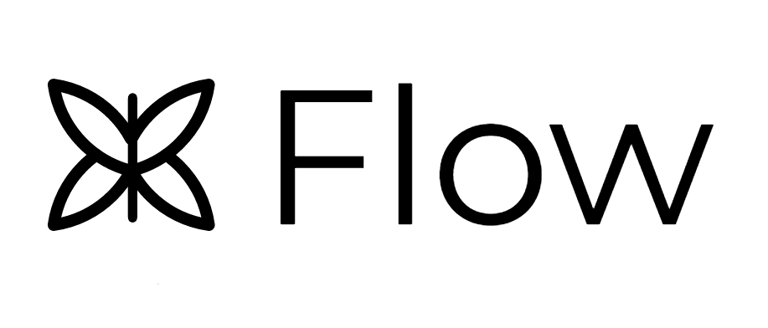Metrics that matter in the innovation journey
How can the organization measure the level of creativity and its impact on innovation?
CREATIVITY IN ORGANIZATIONINNOVATIONMEASURING INNOVATION
9/4/20231 min read
In the ever-evolving landscape of business and innovation, creativity has become a critical driver of success. However, measuring creativity and innovation efforts can be challenging as creativity is often seen as an abstract concept, making it difficult to measure objectively. The ability to gauge and track creative efforts is essential for organizations looking to foster innovation effectively.
The creative quandary
Research by Amabile et al. (1996) in their "Assessing the Work Environment for Creativity" study identified key factors in assessing creativity, including challenge, freedom, resources, work-group features, and supervisory encouragement. These elements form a basis for measuring creativity in the workplace.
Metrics that matter
Among metrics that can help us track the effectiveness of creative efforts in the organization we should focus on the following ones:
Idea Generation Rate: the number of ideas generated within a set timeframe. High idea generation rates are indicative of a fertile creative environment.
Idea Diversity: the variety of ideas generated - a broad spectrum of ideas often leads to breakthrough innovations (Hargadon & Bechky, 2006).
Time-to-Execution: the time it takes for an idea to go from concept to execution. This metric reflects your organization's agility and innovation efficiency.
Employee Engagement: high engagement levels correlate with a more creative workforce. Gallup's "State of the Global Workplace" report (2017) emphasizes the link between engagement and innovation.
Collaboration Metrics: collaboration within and between teams - networks and interactions often spark creativity (Perry-Smith, 2006).
Adopting a balanced scorecard approach, allows organizations to measure creativity comprehensively. It involves assessing creativity and innovation from various angles:
Financial Perspective: Measure the financial impact of creative projects. Consider ROI and revenue generated from innovative endeavors.
Customer Perspective: Collect feedback from customers to evaluate the impact of creative products or services on their satisfaction and loyalty.
Internal Process Perspective: Analyze the efficiency of your creative processes, from idea generation to implementation.
Learning and Growth Perspective: Assess the development of employees' creative skills and their ability to adapt to change.
Measuring creativity and innovation efforts is not a one-size-fits-all endeavor. It requires a multifaceted approach, combining quantitative and qualitative metrics. By adopting these methods and metrics, organizations can gain insights into their creative processes, identify areas for improvement, and ultimately foster a culture of innovation.
Enjoyed this post and are you ready to embark on your creative journey?
Start with our basic creativity training to build a foundation for your team's creative growth!
Copyright Flow 2025. All rights reserved.
The website uses cookies in accordance with the Privacy policy.
Leave your phone number to receive a free consultation and selection of training.
The data provided is processed only to present the training offer. Providing data is voluntary, but necessary to present the offer and deliver the training. You have the right to edit, correct and delete your data from our database in accordance with the Privacy Policy.
Company details:
Flow s.c.
NIP: 8992966364
REGON: 525639537
contact@totalflow.pl
